How Much Does A Fully Automatic Canning Production Line Cost Per Unit?
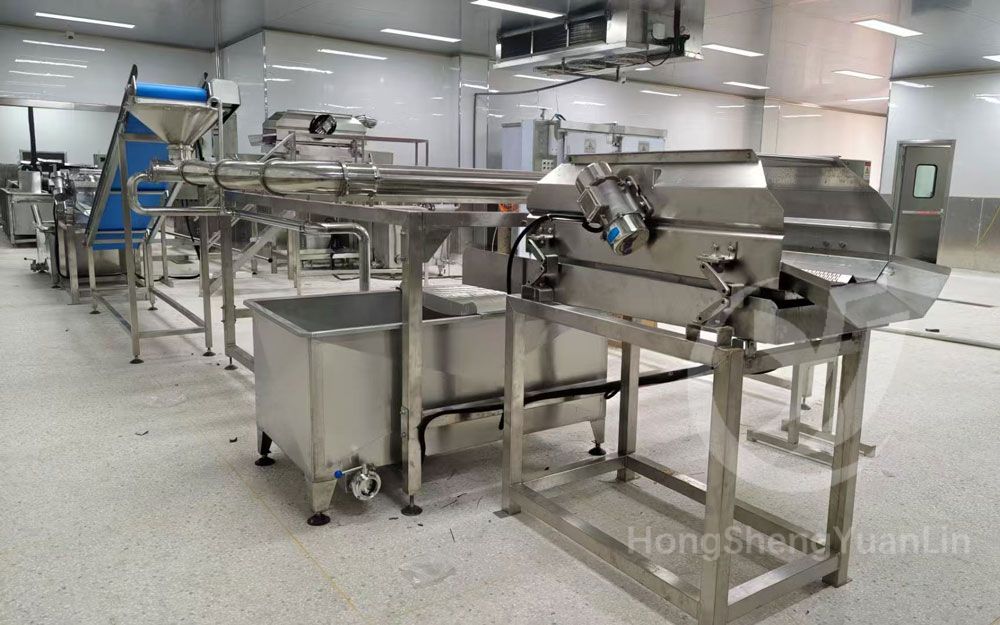
Canning production lines are a cornerstone for modern food processing factories, enabling manufacturers to produce shelf-stable products efficiently and consistently. Whether you are producing canned fruits, vegetables, seafood, or meat, understanding the cost per unit of a fully automatic canning production line is essential for budgeting, investment decisions, and ROI planning.
Fully automatic lines integrate washing, peeling, cutting, filling, seaming, sterilization, cooling, labeling, and packing into one streamlined system. Unlike semi-automatic lines, these systems require minimal labor, reduce human error, and improve production efficiency.
But how much does a fully automatic line cost per unit of production? The answer depends on several factors, including line capacity, packaging type, automation level, material grade, and optional features.
This guide breaks it all down for B2B decision-makers.
1️⃣ What Does a Fully Automatic Canning Production Line Include?
A fully automatic canning line is designed to take raw materials and deliver finished, shelf-stable products with minimal human intervention. Typical stages include:
Raw Material Handling
Automated unloading, sorting, and inspection conveyors
Optical and mechanical sorting to ensure quality
Washing, Peeling, and Cutting
Bubble washers, brushes, or high-pressure sprays for cleaning
Steam or mechanical peelers
Slicers, dicers, and core removers for different fruit or vegetable types
Filling and Seaming
Automatic can/fill weighting
Vacuum filling and airtight sealing
Multi-head seamers for high throughput
Sterilization
Continuous retort systems or rotary retorts
PLC-controlled temperature and pressure
Energy-saving features like steam condensate recovery
Cooling and Drying
Cooling tunnels with air knives to prevent overcooking
Ensures can temperature is safe for handling
Labeling and Packaging
Automatic labelers with barcode/expiry coding
Case packing or palletizing
Shrink wrapping or carton sealing
Control System
PLC + HMI interface
Real-time monitoring and alarms
Data logging for traceability and HACCP compliance
A fully automatic line is ideal for medium to large-scale production factories, especially for export-oriented operations.
2️⃣ Factors Affecting the Cost per Unit
The per-unit cost (often calculated per can/hour of production capacity) depends on several variables:
| Factor | Description | Impact on Cost per Unit |
|---|---|---|
| Production Capacity | Line size in cans/hour | Larger capacity lowers per-unit cost due to efficiency |
| Automation Level | PLC integration, multi-head fillers, vision inspection | Higher automation = higher upfront cost |
| Packaging Type | Tin cans, aluminum cans, glass jars | More complex formats increase cost |
| Material Grade | SUS304 vs SUS316 stainless steel | 316 required for acidic products; increases cost |
| Sterilization Method | Batch, rotary, continuous | Continuous retort more efficient, slightly costlier |
| Optional Modules | Inspection cameras, palletizers, multi-can size adaptation | Adds 10–20% cost |
| Energy Source | Steam, electric, gas | Impacts long-term operating cost |
| Supplier Support | Installation, training, warranty | Essential for long-term reliability |
3️⃣ Typical Fully Automatic Line Cost by Capacity
Here’s a practical price range table showing approximate investment and cost per unit of production.
| Line Capacity | Packaging Type | Estimated Total Line Cost (USD) | Approx. Cost per Can/Hour Capacity (USD) |
|---|---|---|---|
| 5,000 cans/hr | Standard tin can | $250,000 – $300,000 | $50–$60 |
| 10,000 cans/hr | Standard tin can | $400,000 – $500,000 | $40–$50 |
| 20,000 cans/hr | Multi-size tin & glass | $650,000 – $800,000 | $32–$40 |
| 30,000 cans/hr | Multi-size & high automation | $900,000 – $1,200,000 | $30–$35 |
Note: The per-unit figure here represents the capital investment per unit of hourly production capacity, a common B2B metric.
4️⃣ Why Higher Capacity Reduces Per-Unit Cost
Economies of scale: Shared conveyors, fillers, and retorts improve efficiency.
Labor efficiency: Fewer operators per can/hour in larger lines.
Energy efficiency: Continuous sterilizers and steam recovery reduce energy cost per can.
Faster ROI: High-throughput lines recover investment faster than small lines.
5️⃣ Example: 10,000 Cans/Hour Fruit Canning Line
Scenario: A medium-scale pineapple canning factory invests in a 10,000 cans/hour fully automatic line.
| Parameter | Value |
|---|---|
| Total Investment | $480,000 |
| Production | 80,000 cans/day |
| Labor Required | 12 operators |
| Energy Savings | ~22% vs semi-automatic line |
| Cost per Can/Hour Capacity | ~$48 |
| Estimated ROI | 18–24 months |
Outcome: The investment allows high-quality, consistent output suitable for regional or international exports, while reducing labor and energy costs.
6️⃣ Optional Features That Increase Cost Per Unit
| Feature | Benefit | Cost Impact |
|---|---|---|
| Vision-based inspection | Detect underfilled/damaged cans | 5–10% increase |
| Multi-size handling | Process different can sizes | 10–15% increase |
| Robotic palletizing | Labor reduction | 5–8% increase |
| CIP (Clean-in-Place) system | Faster cleaning, less downtime | 5–10% increase |
| Multi-fruit recipe flexibility | Switch fruit types quickly | 10–20% increase |
Buyers should weigh these options based on expected production diversity, labor savings, and ROI.
7️⃣ Maintenance and Operating Costs
Even a fully automatic line has recurring costs:
Routine Maintenance
Lubricate moving parts, check seaming heads and valves
Inspect O-rings and gaskets
Calibrate sensors
Energy Consumption
Steam, electricity, or gas for sterilization
Cooling and conveyor motors
Spare Parts & Consumables
Seamer rollers, filling nozzles, sensors, belts
Labor
Typically 10–15 operators for 10,000–20,000 cans/hour lines
Proper preventive maintenance ensures long-term efficiency and maintains HACCP/ISO compliance.
8️⃣ Comparison With Other Preservation Methods
| Method | Shelf Life | Cost per Unit | Energy Use | Export Feasibility |
|---|---|---|---|---|
| Canning | 1–3 years | Medium | Moderate | Excellent |
| Freezing | 6–12 months | High | High | Requires cold chain |
| Drying | 1–2 years | Low | Low | Limited market applications |
Insight: For long shelf life, export-ready products, and cost efficiency, canning remains the most practical method for fruit, vegetables, and seafood.
9️⃣ Choosing the Right Supplier
When evaluating suppliers, don’t choose based solely on price. Look for:
Experience with similar fruit or product lines
Compliance with CE, ISO, HACCP, and FDA standards
Installation, training, and commissioning support
Spare parts availability and after-sales service
Modular designs for future upgrades
Verified references and case studies
A reputable supplier ensures reliable performance, long-term ROI, and minimal downtime.
🔟 Key Takeaways
Fully automatic canning lines range from $250,000 to $1.2M depending on capacity and features.
Cost per unit (per can/hour capacity) decreases as line capacity increases.
Higher automation increases upfront cost but reduces labor and increases production efficiency.
Optional modules (vision inspection, multi-size handling, palletizing) improve output quality but raise cost.
Always consider ROI, not just initial investment — fully automatic lines often pay off faster than smaller semi-automatic lines.
Must-Read Blogs For Chain Restaurants Owner


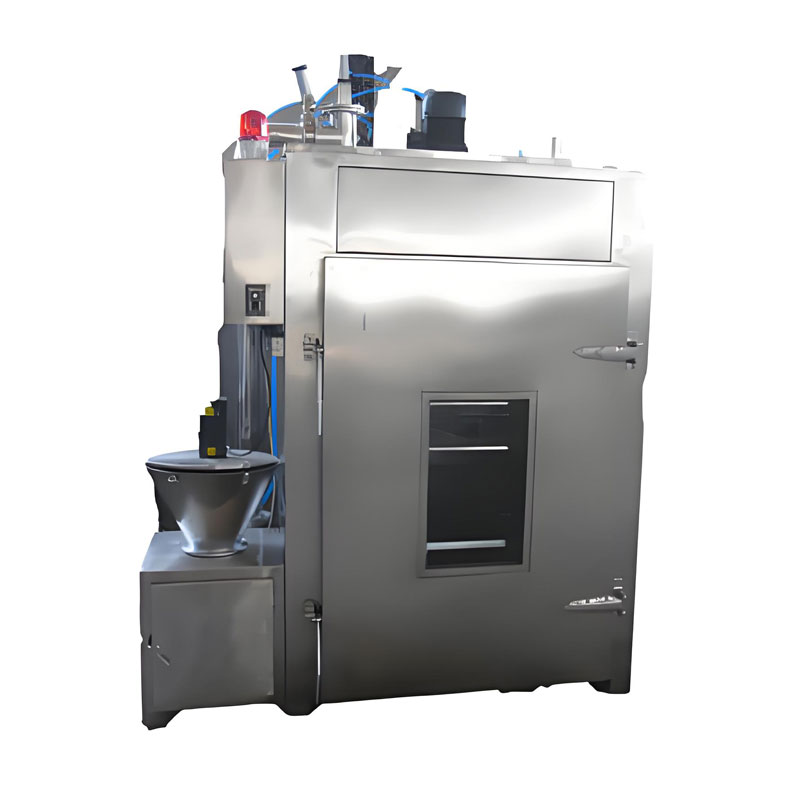
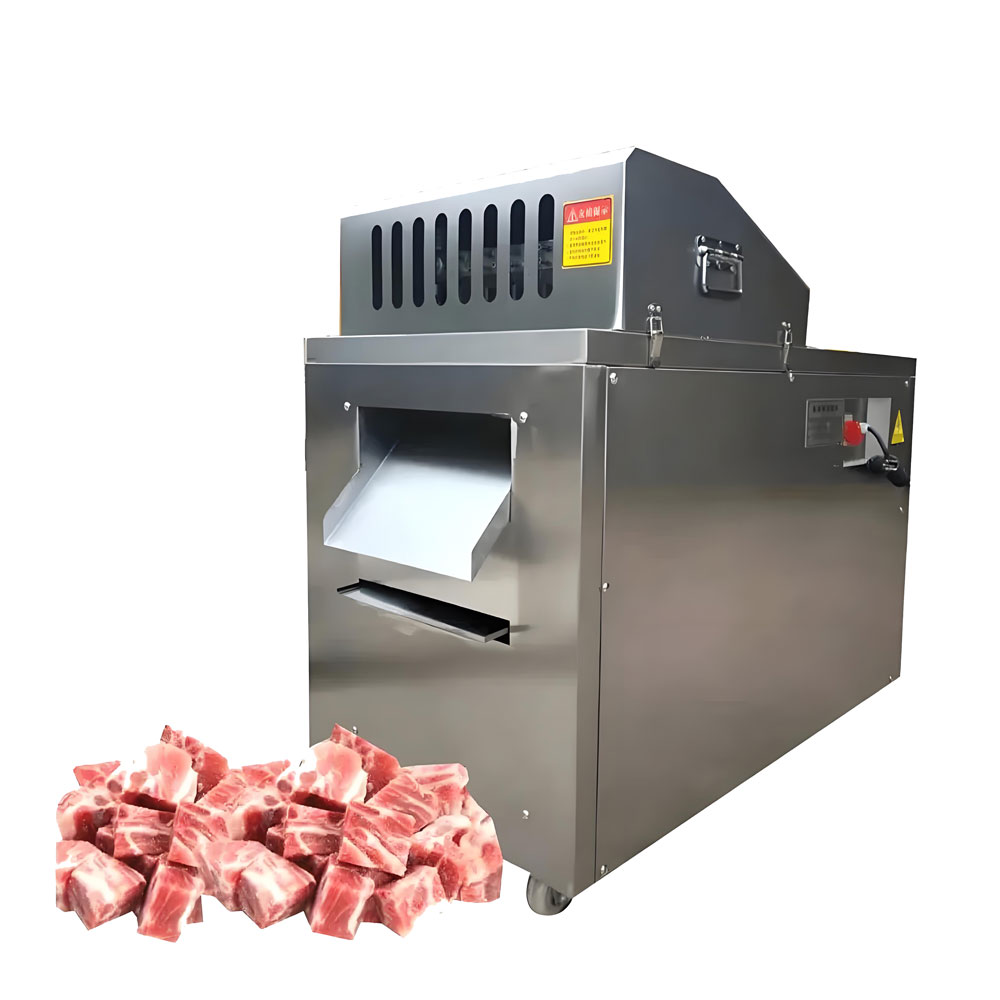
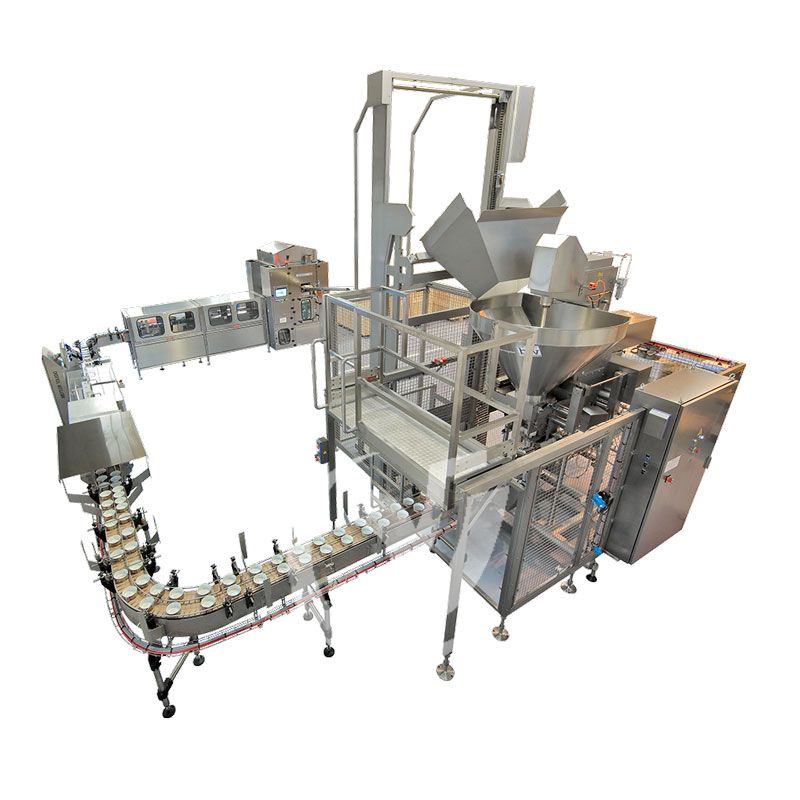


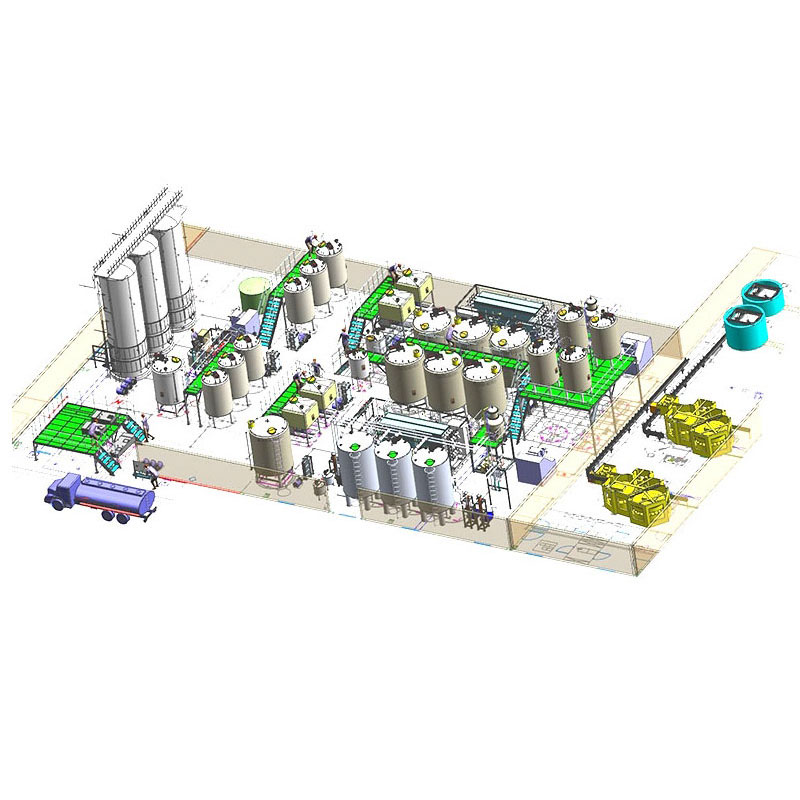

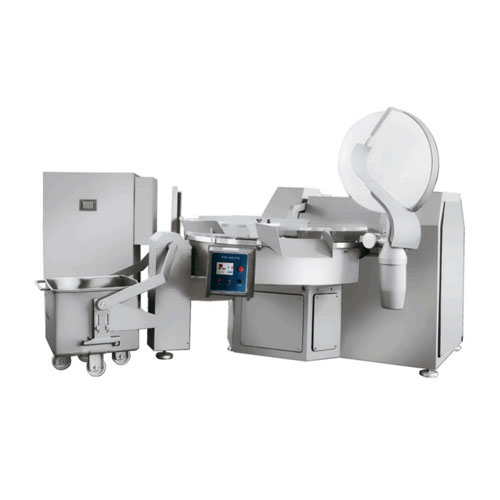
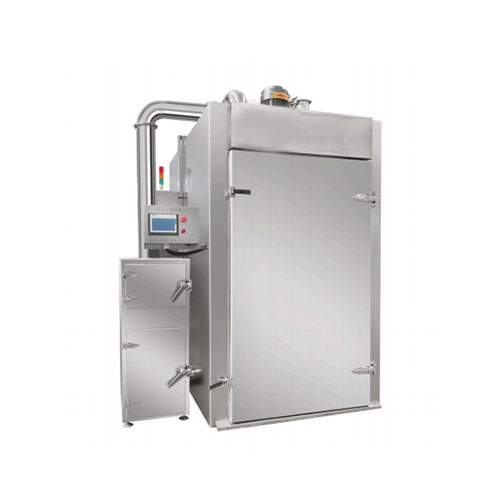
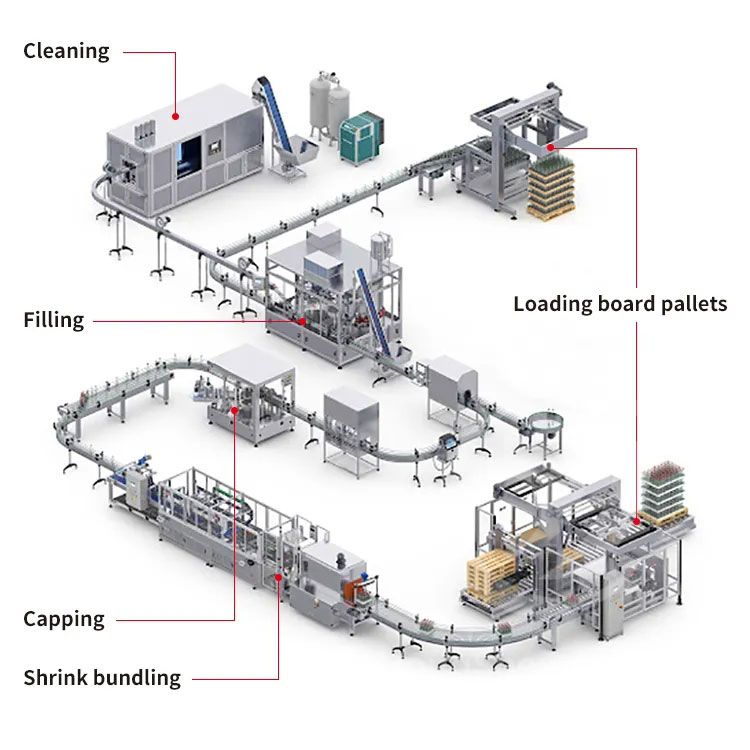 Aseptic Canning Production Line Equipment
Aseptic Canning Production Line Equipment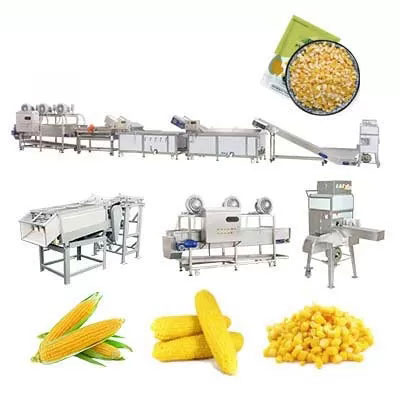 Sweet Corn Canning Production Line
Sweet Corn Canning Production Line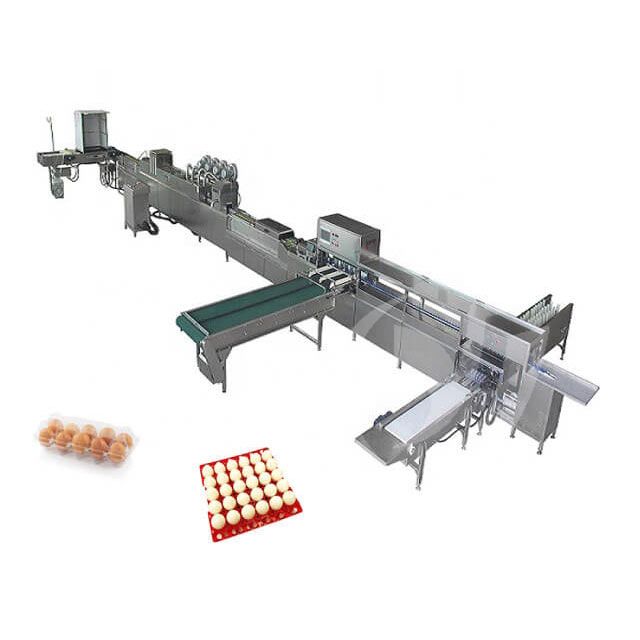 Egg Canning Production Line
Egg Canning Production Line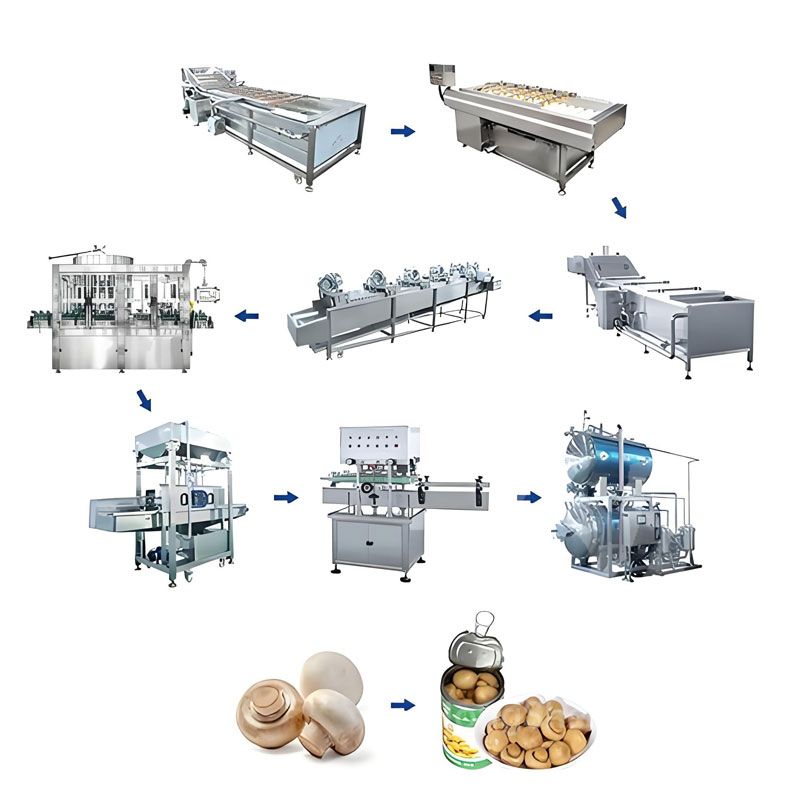 Button Mushroom Canning Production Line
Button Mushroom Canning Production Line
Ready to Get Started?